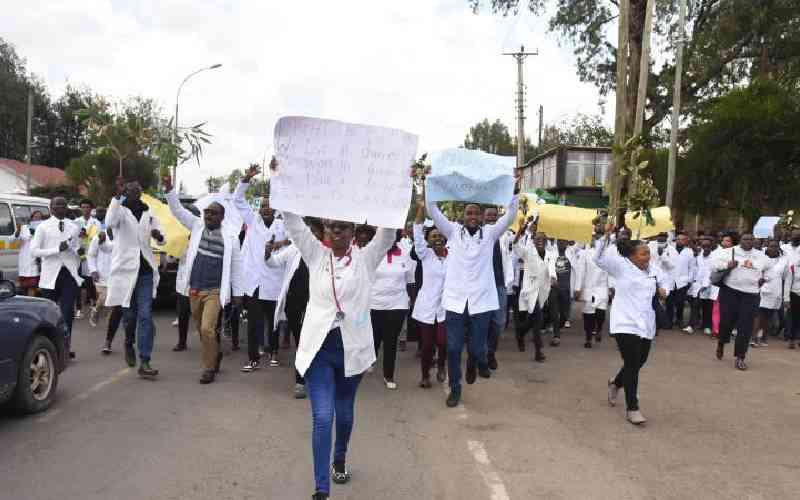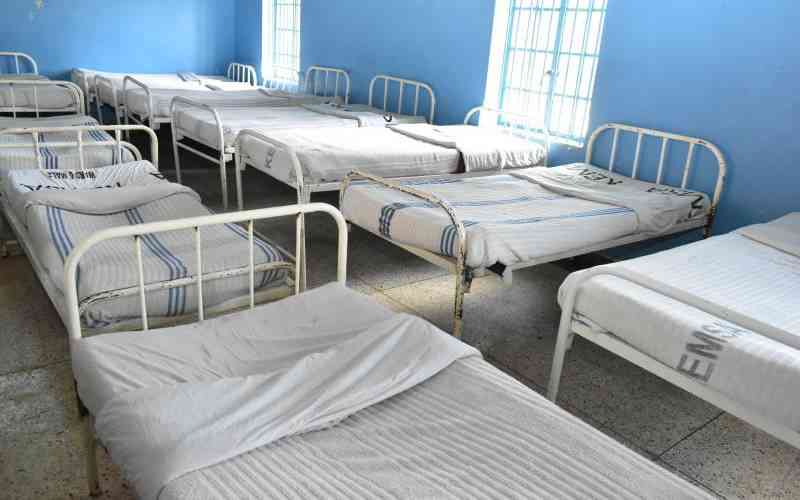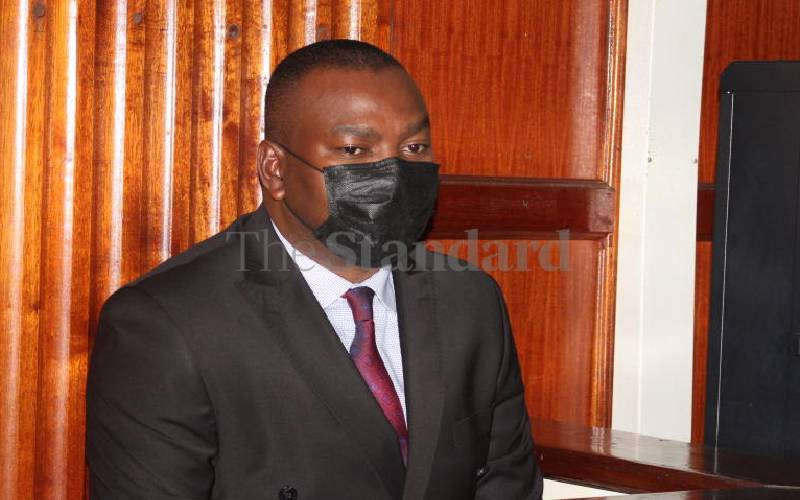So far, current numbers fall short of earlier predictions by far, leading to questions on models used by the Health ministry.
Questions are being raised on the models used to predict Covid-19 cases even as the Health ministry defends its projections.
A month since the first case was reported on March 13, 2020 and almost two weeks into April, Kenya’s numbers are barely a quarter of the 1,000 initially projected estimate.
This begs the question: how accurate are the projections?
While this can be linked to the number of samples tested, other countries such as the United States are already revising their numbers.
Revised figures
Last week, the University of Washington’s Institute for Health Metrics and Evaluation (IHME) revised downwards the number of projected coronavirus deaths in the US.
From 84,000 deaths projected by early August, the number now stands at 60,400 as of April 9, 2020. The projected peak of these deaths has been put at April 12, 2020, and not April 16.
So far, the US has recorded more than 20,000 deaths. Amid backlash, IHME took to twitter to explain the revision.
“Our latest #COVID19 forecasts rely more heavily on data from the latest locations where the pandemic has peaked, such as Spain and Italy, allowing us to strengthen our models and project peak deaths and hospital resource use more accurately,” reads the tweet on April 9, 2020.
As of Sunday, the number of confirmed cases in Kenya stood at 197 and not 1,000 as earlier predicted by the Health ministry. This is 803 less than what was predicted by the ministry by the first week of April.
The prediction shared by the ministry put the number of expected coronavirus cases by April 7, 2020 at 1,000. This was expected to shoot to 5,000 by April 15 and later 10,000 by April 30.
Calculating number of cases
Health Chief Administrative Secretary Mercy Mwangangi defended the estimates, saying the government was working with different teams, among them Africa Centre for Disease Control and Prevention (CDC), who have all shared their projection models.
“When we look at these models, it is always important to know that a model has certain assumptions and therefore as we employ different interventions the model must not always hold right,” said Dr Mwangangi.
Stay informed. Subscribe to our newsletter
As per the numbers on Sunday, Kenya had 197 confirmed cases, which assumes that the rate of infection stands at 0.0004 per cent.
This rate is calculated by dividing the number of cases - 197 - by the population at risk, in this case 47 million Kenyans and multiplying this by 100.
Using the rate of 0.0004 per cent, the actual number of coronavirus cases today can be calculated: 0.0004 divide by 100 multiplied by 47 million Kenyans, which equals to 188 cases, closer to 197 cases which is what we have as per the numbers on Sunday.
Kenya has the highest number of cases compared to other East Africa countries. Tanzania has 32 while Uganda has 53.
“This is simply because we have carried out more tests compared to Tanzania, so they are bound to get more cases if they test more,” explained Patrick Amoth, the Health ministry’s director of health.
Based on this explanation, Kenya’s less than 1,000 cases past the prediction date might not be the accurate number of infections in the country due to the limited number of tests carried out.
So far Kenya has tested 7,447 samples from which 197 have returned positive. If this ratio of positive tests versus samples tested was to remain constant, then it would take up to 37,812 tests for 1,000 cases to be detected.
The challenges, however, has been test kits, which Dr Amoth acknowledged.
“The only challenge is the availability of test kits based on the global shortage, but so far everything is according to our projections,” he said.
The ministry has not been clear on the actual number of test kits available in the country even as it plans to roll out mass testing that shall begin with health workers.
However, Health Cabinet Secretary Mutahi Kagwe insists that the country so far has no shortage of testing kits and that there are plans to procure more.
Kenya last month received 25,000 test kits from billionaire Jack Ma’s Alibaba Foundation and recently, sophisticated equipment from Roche Diagnostics that are expected to increase testing capacity by 7,000 people in the next two weeks.
Distributing kits
According to Amoth, the test kits will be distributed to Kenya Medical Research Institute (Kemri) Nairobi, Kemri Alupe in Busia, the National Influenza Laboratory in Nairobi, the Moi Teaching and Referral Hospital, Eldoret and Coast Provincial Hospital in Mombasa.
The ministry is also banking on the Cobalt 8800 machine, which has the potential to do at least 2,000 tests in about two hours, which translates to over 37,000 samples in a day.
Additionally, the Health ministry is expected to utilise some 193 Tuberculosis test centres to test for Covid-19.
 The Standard Group Plc is a
multi-media organization with investments in media platforms spanning newspaper
print operations, television, radio broadcasting, digital and online services. The
Standard Group is recognized as a leading multi-media house in Kenya with a key
influence in matters of national and international interest.
The Standard Group Plc is a
multi-media organization with investments in media platforms spanning newspaper
print operations, television, radio broadcasting, digital and online services. The
Standard Group is recognized as a leading multi-media house in Kenya with a key
influence in matters of national and international interest.
 The Standard Group Plc is a
multi-media organization with investments in media platforms spanning newspaper
print operations, television, radio broadcasting, digital and online services. The
Standard Group is recognized as a leading multi-media house in Kenya with a key
influence in matters of national and international interest.
The Standard Group Plc is a
multi-media organization with investments in media platforms spanning newspaper
print operations, television, radio broadcasting, digital and online services. The
Standard Group is recognized as a leading multi-media house in Kenya with a key
influence in matters of national and international interest.







